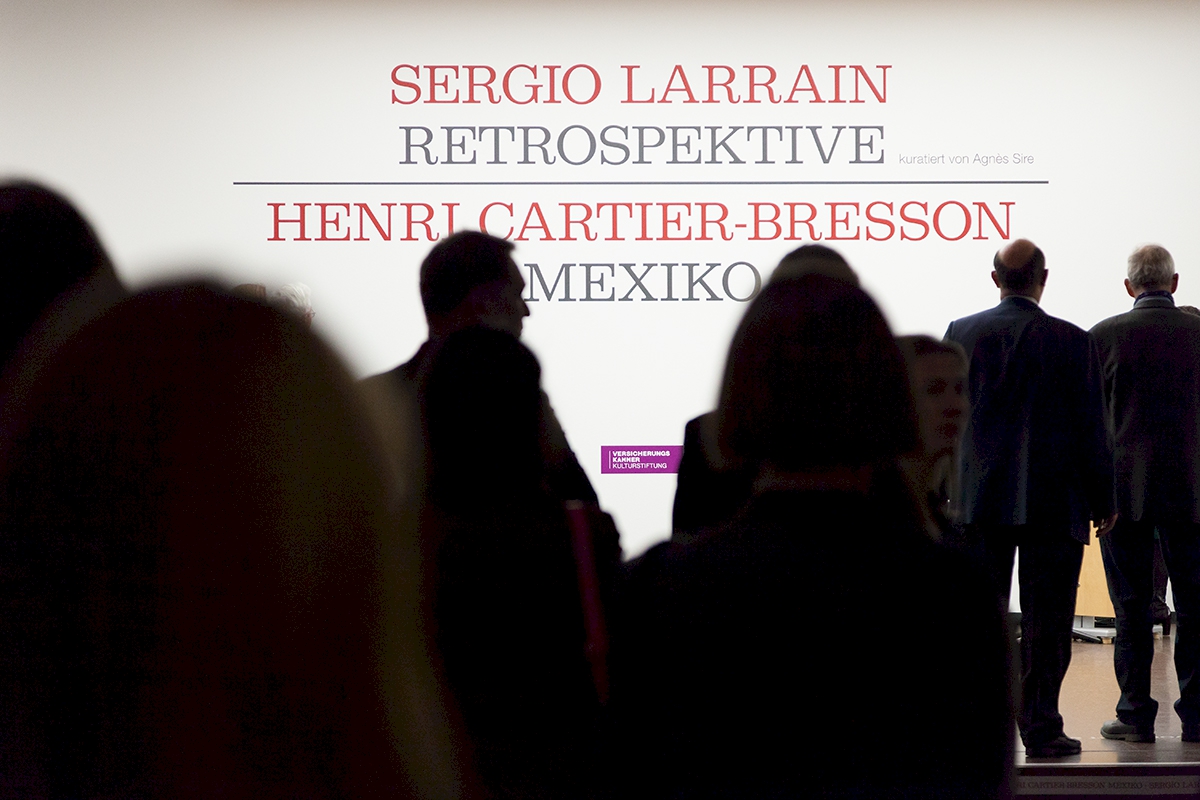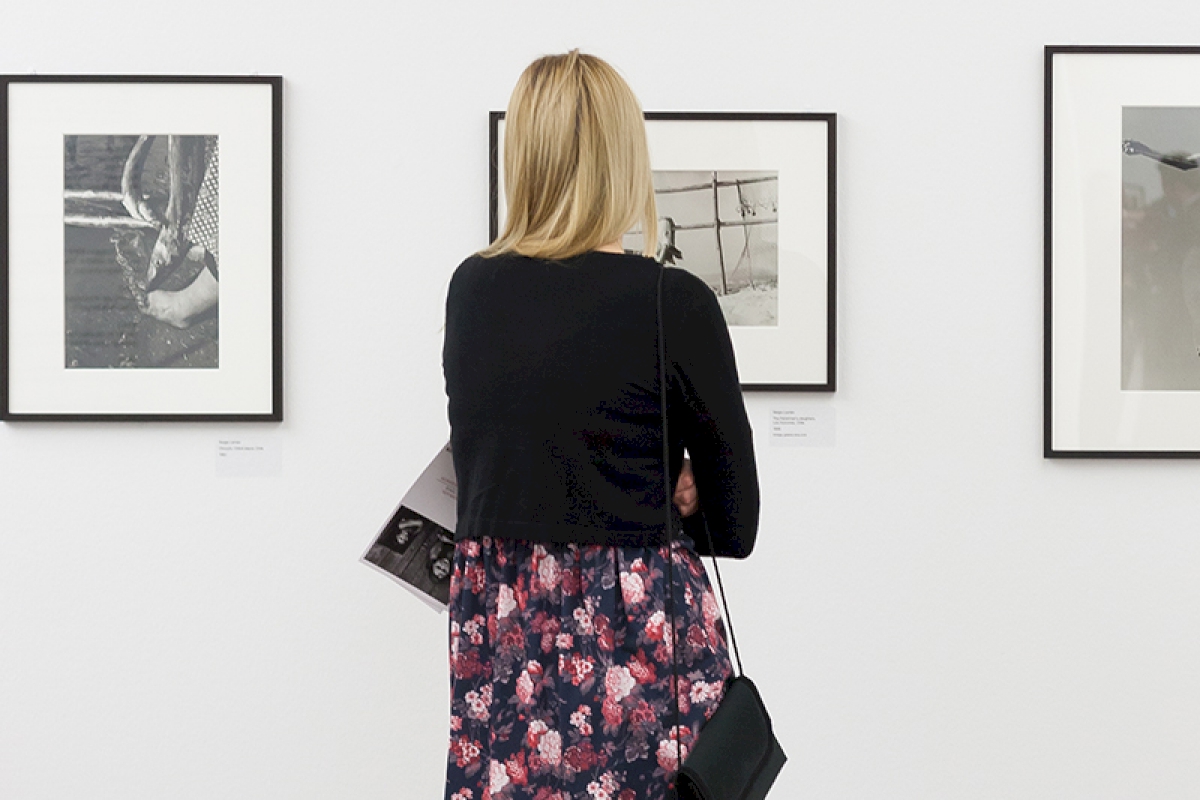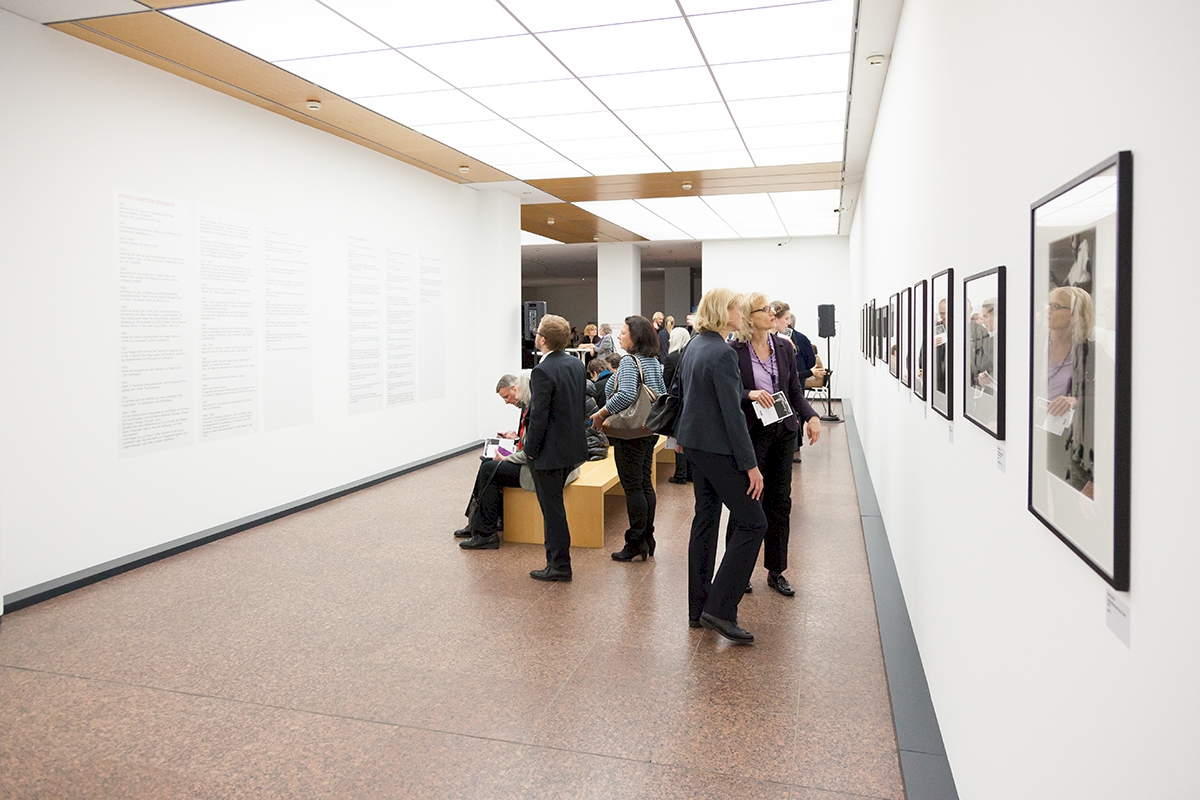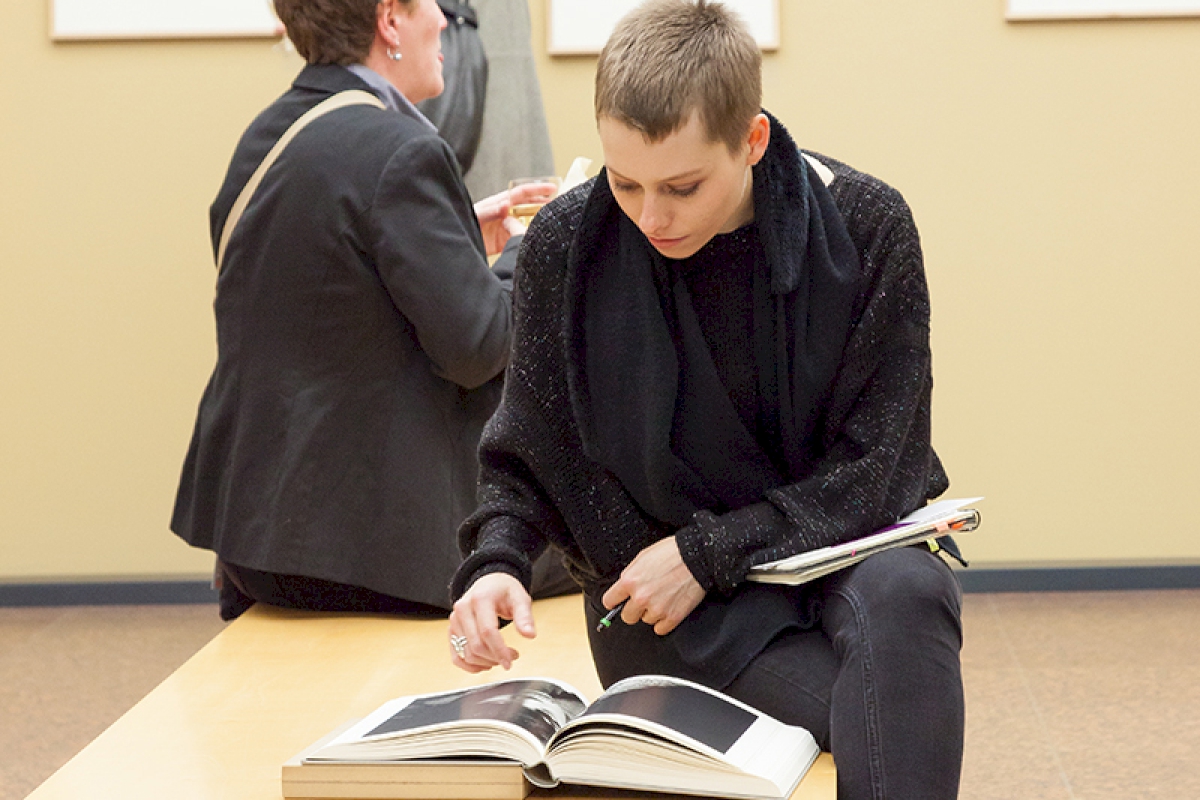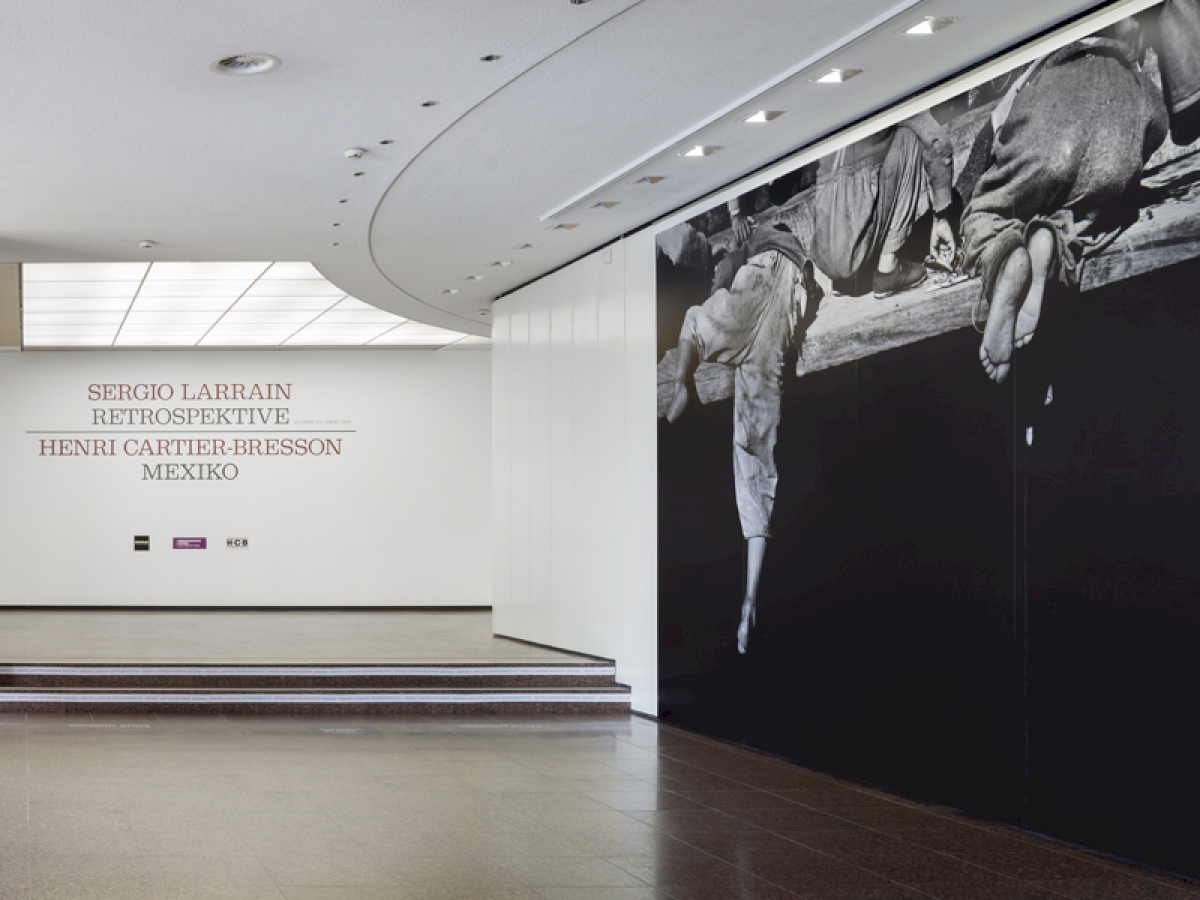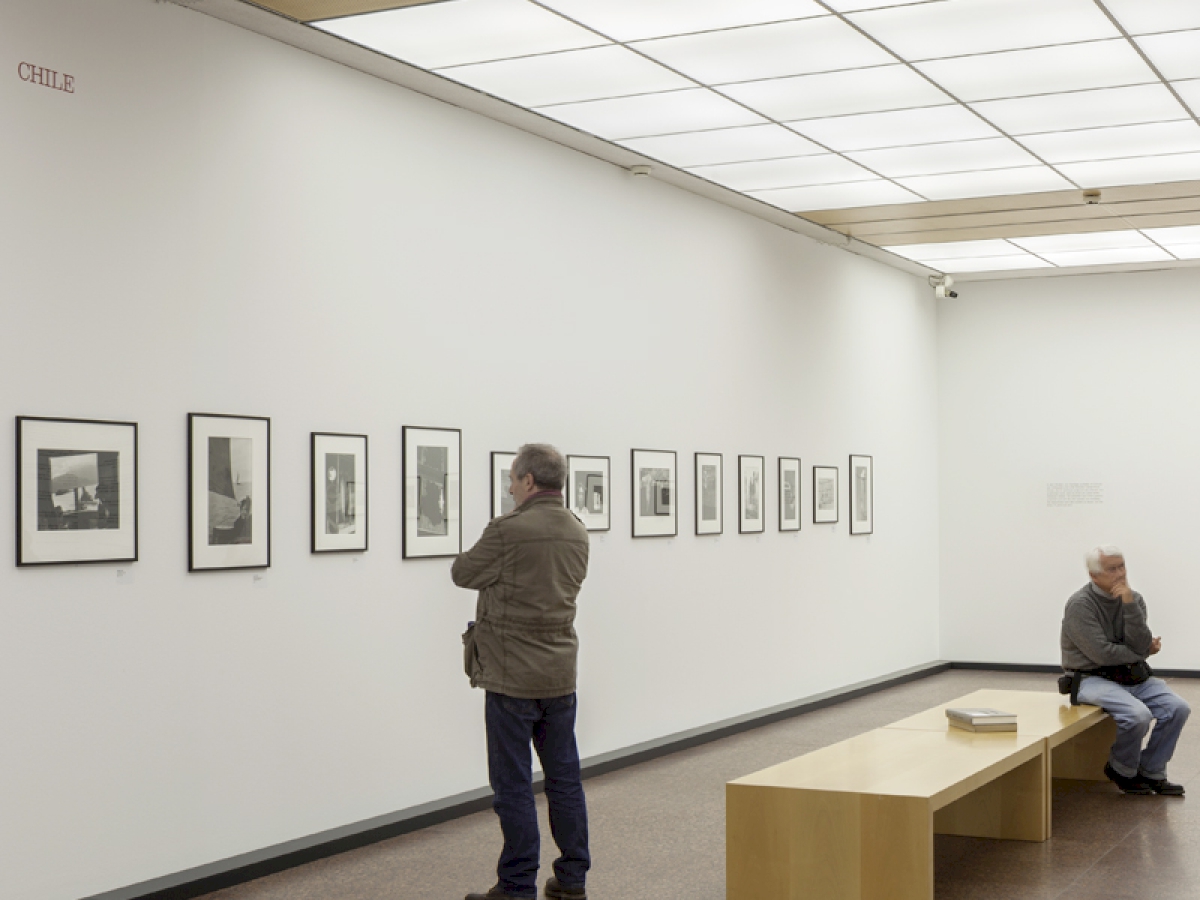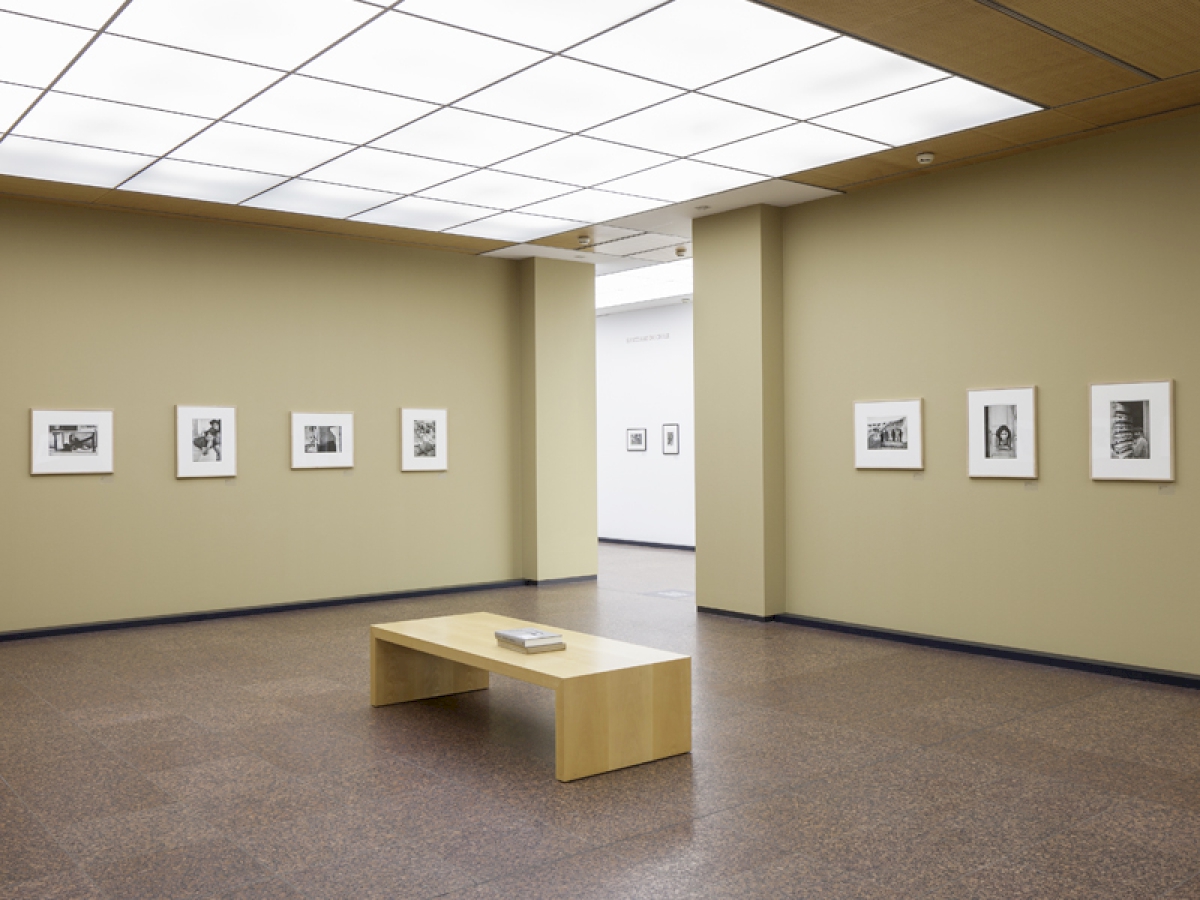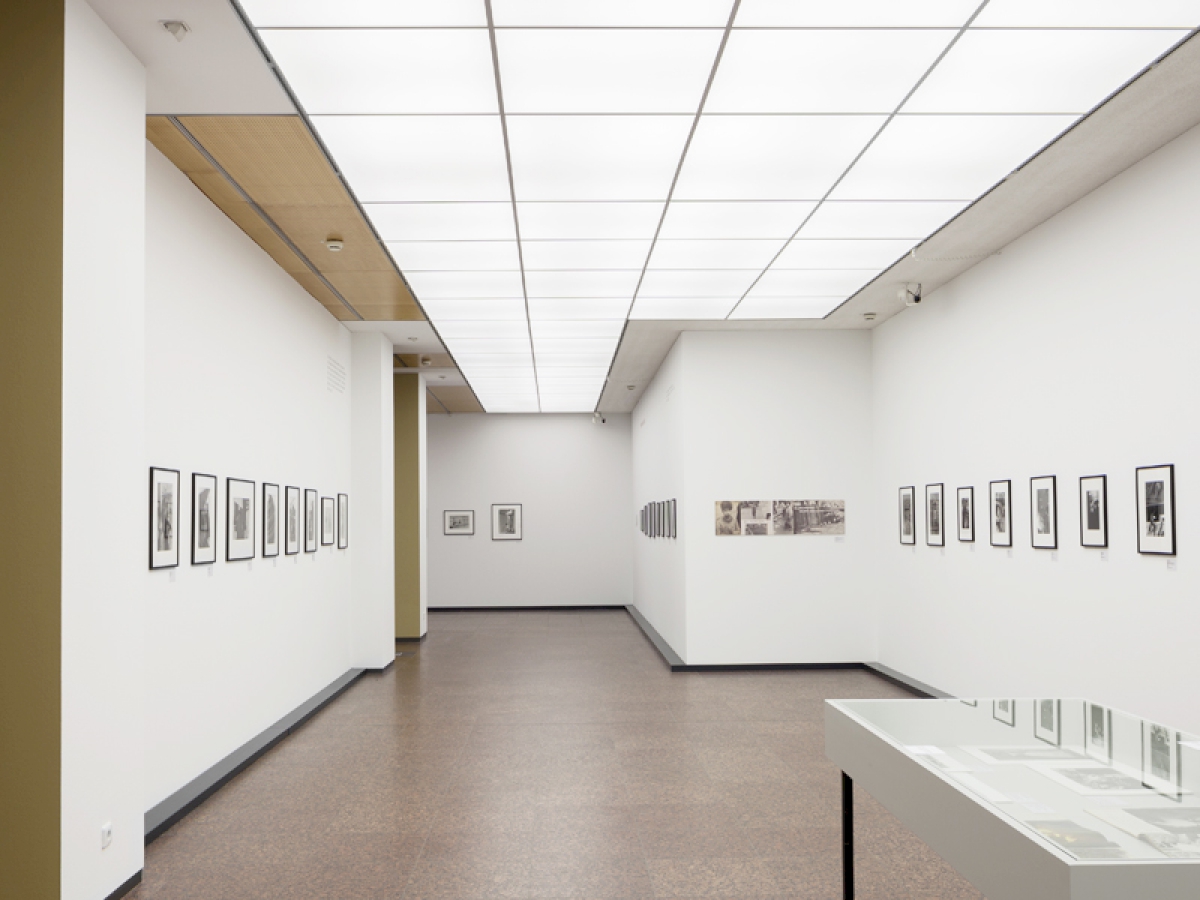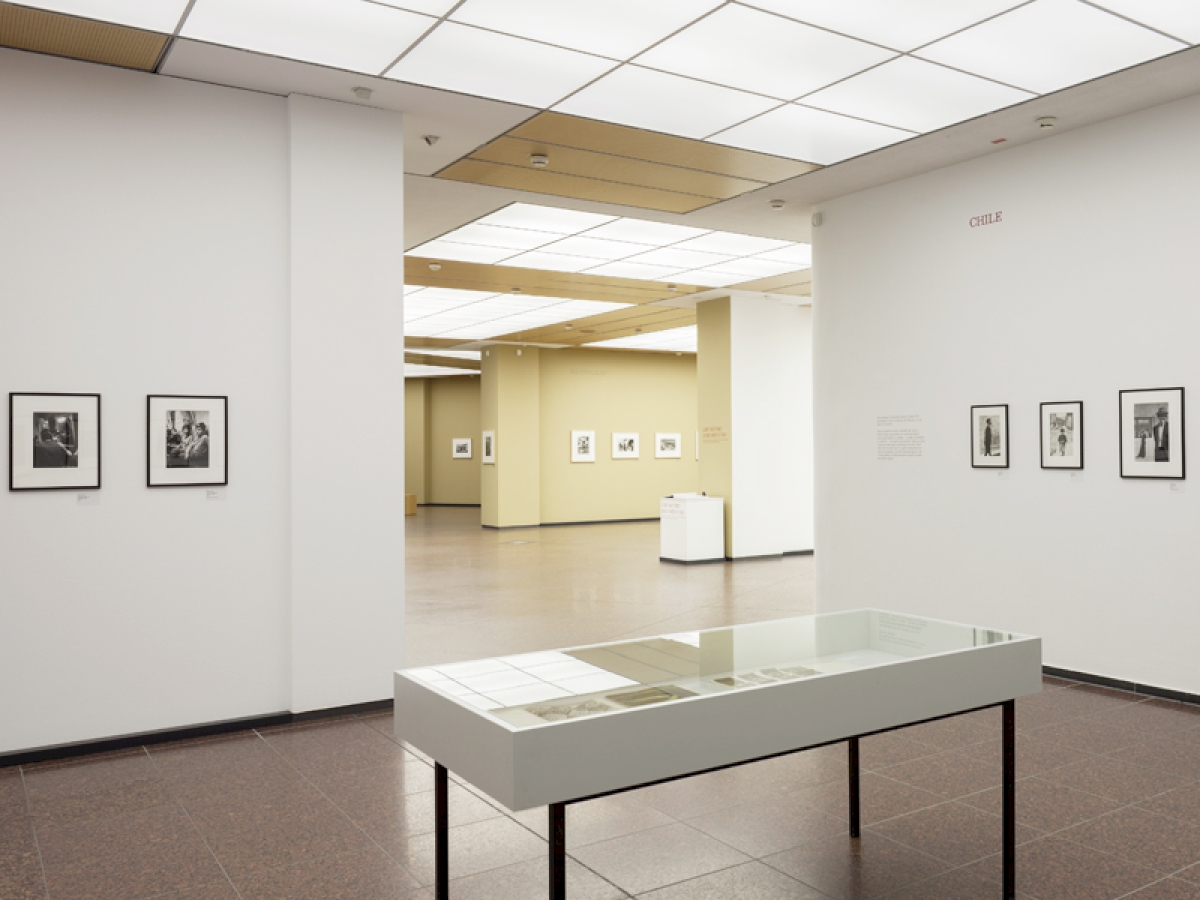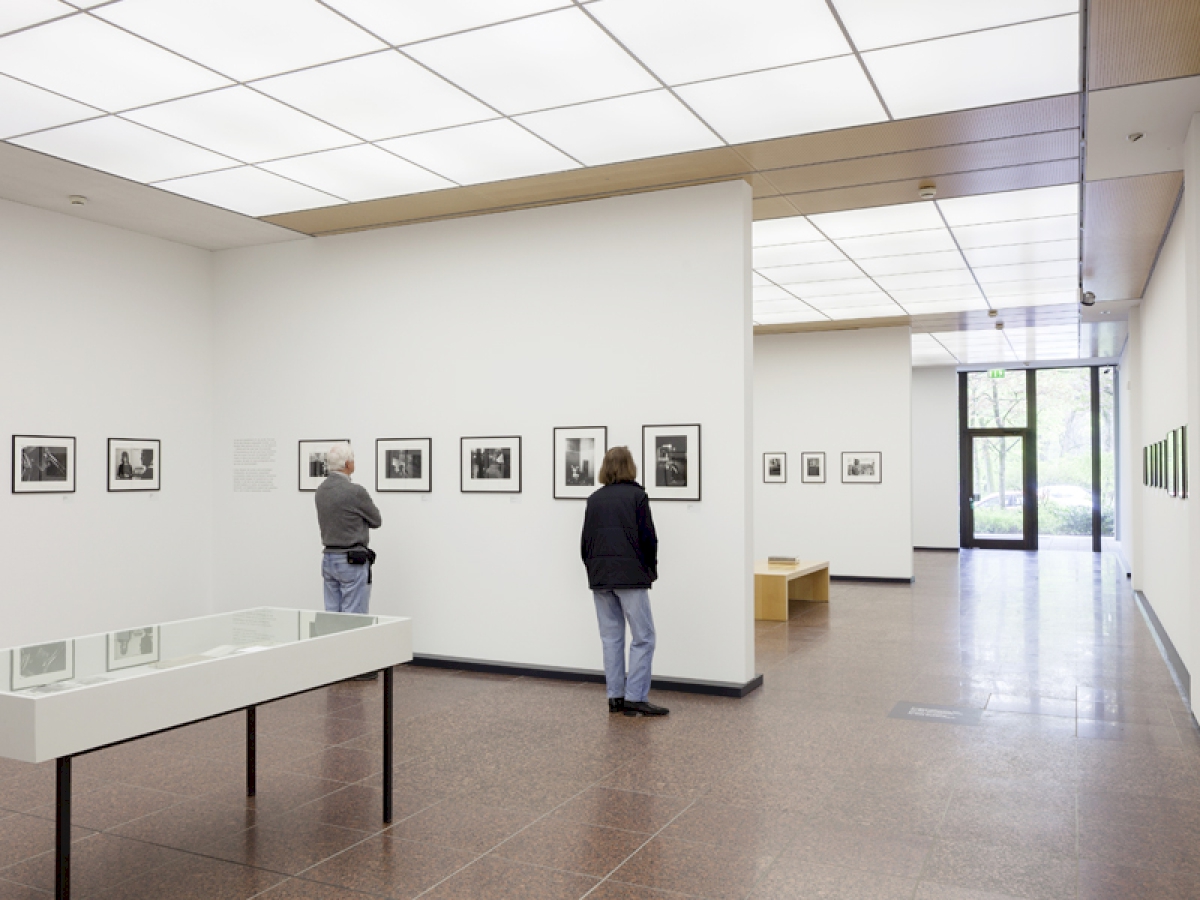Sergio Larrain. Retrospektive. Henri Cartier-Bresson. Mexiko.
“We live in a privileged world. Just take a look around and you will notice the differences. But these privileges must be devoted to the service of something one believes in.” Henri Cartier-Bresson
They were pioneers of photojournalism. They were idealists with humanitarian standards: Henri Cartier-Bresson, Robert Capa, George Rodger, David Seymour and William Vandivert. After World War II, they founded Magnum Photos – to date the most prestigious photo agency worldwide.
In its series of documentary photography, the Kunstfoyer now features two members of Magnum Photos: the legendary Henri Cartier-Bresson (1908-2004) from France, with his snapshots taken on Mexican streets of the 1930s and 1960s, as well as Sergio Larrain (1931–2012) from Chile, whose life and work are still not widely known. This is the first time Larrain’s work is being shown in Germany in a wide-ranging retrospective.
Sergio Larrain and Henri Cartier-Bresson both favoured similar motives. Both were brought up as members of bourgeois families, but rebelled against their wealthy family background early on. Like many other artists and writers, they were interested in outsiders and outcasts, whom both admired for their authentic and genuine way of being. Cartier-Bresson’s recollections of his two trips to Mexico still remained vivid after many decades: “Mexico – what violence and passion!” While searching for the essence of humanity, he created very sensitive portraits of the milieus, always picturing the individuals in their natural grace and dignity enveloped with a poetic touch. His work is simultaneously fueled by his social commitment and aesthetic motivations. Dramatic lighting, intense shading, and experimental framing of image details are trademarks of these black and white shots showing street children, prostitutes or beggars. These so-called outsiders are fascinating in their varied range of gestures and facial expressions.
Sergio Larrain joined the agency Magnum Photos in 1961, by recommendation of his friend Henri Cartier-Bresson. But among his famous colleagues, this reserved and introspective Chilean never really felt at ease. Furthermore, he couldn’t cope with the journalistic assignments that came with the job. After doing very exhausting reports on the war in Algeria, the marriage of the Shah of Persia, as well as the Sicilian mafia, he went back to Chile in 1963. He lived there during the military dictatorship, kept working as a correspondent for Magnum and led a secluded and spiritual life.
The restrospective dedicated to Sergio Larrain was curated by Agnès Sire for the Fondation Henri Cartier-Bresson in Paris. It showcasts Larrain’s photographic images taken from 1950–1963 in Chile, Bolivia, Argentina, Peru, Sicily, London and Paris, as well as his related work of spiritual drawings and writings. In addition, the Kunstfoyer is also displaying Henri Cartier-Bresson’s “Mexican diary”. By placing these bodies of work side by side, significant parallels as well as differences between their aesthetic designs become apparent.
"Vivimos en un mundo privilegiado. Solo hay que mirar alrededor para reconocer las diferencias. Pero hay que poner estos privilegios al servicio de una causa en la que uno cree." Henri Cartier-Bresson
Fueron pioneros del fotoperiodismo. Fueron idealistas con reivindicaciones humanitarias: Henri Cartier-Bresson, Robert Capa, George Rodger, David Seymour y William Vandivert. Al finalizar la Segunda Guerra Mundial, fundaron la Agencia Magnum, que hasta el día de hoy es la agencia fotográfica de más renombre a nivel mundial.
En el marco de su serie de exposiciones sobre fotografía documental, el Kunstfoyer se dedica a la obra de dos fotógrafos miembros de la Agencia Magnum: el legendario fotógrafo francés Henri Cartier-Bresson (1908-2004) con sus impresiones de momentos de la vida cotidiana en las calles de México durante los años 30 y 60, y el chileno Sergio Larrain (1931-2012), cuya vida y obra hasta ahora apenas se conocían. En Alemania, esta es la primera vez que se presenta al público una amplia retrospectiva sobre Larrain.
Sergio Larrain y Henri Cartier-Bresson compartían una nítida preferencia por motivos semejantes. Ambos provenían de famílias adineradas, pero se rebelaron contra su procedencia acomodada. Como muchos de sus colegas del ámbito artístico y literario, se solían interesar sobre todo por los seres marginados y excluídos, y los admiraban por su forma de ser, tan directa y auténtica. Hasta varias décadas más tarde, Cartier-Bresson todavía recordaba sus dos viajes a México con mucho detalle: “México, ¡cuánta violencia y pasión!“ En su búsqueda de lo existencialmente humano, creó profundas descripciones del entorno social, siempre llenas de compasión y respeto hacia la dignidad de las personas retratadas, confiriéndoles un cierto matiz poético. En su labor se rige, en igual medida, por su compromiso social y sus motivaciones estéticas. Luces dramáticas, sombras intensas y encuadres experimentales plasman en blanco y negro el entorno y la vida de niños de la calle, prostitutas o mendigos. La mímica y los gestos de los así llamados seres marginados son ricos en pluralidad de significados.
En 1961, por recomendación de su amigo Henri Cartier-Bresson, Sergio Larrain se hizo miembro de la agencia Magnum Fotos. Sin embargo, el chileno, de carácter tan reservado y contemplativo, no se sentía a gusto entre los colegas famosos. Y los encargos periodísticos no se le daban demasiado bien. Después de haber realizado reportajes agotadores sobre la guerra en Argelia, la boda del Shah de Persia y la mafia siciliana, en 1963 Larrain se retiró a su tierra natal. Siguió viviendo en Chile durante los años de la dictadura militar, y trabajando como corresponsal para Magnum, llevando una vida de aislamento consagrada a la espiritualidad.
Agnès Sire fue la curadora de la retrospectiva dedicada a Sergio Larrain por la Fondation Henri Cartier-Bresson en París. Muestra las impresiones fotográficas de Larrain a lo largo de los años 1950-1963 en Chile, Bolivia, Argentina, Perú y en Sicilia, Londres y París, al tiempo que tematiza sus dibujos y textos espirituales. En el Kunstfoyer, se expone de forma complementaria también el “diario mexicano” de Henri Cartier-Bresson. Al poder observar ambas obras contrapuestas, se detectan paralelos, pero también diferencias en sus respectivos idearios estéticos.

